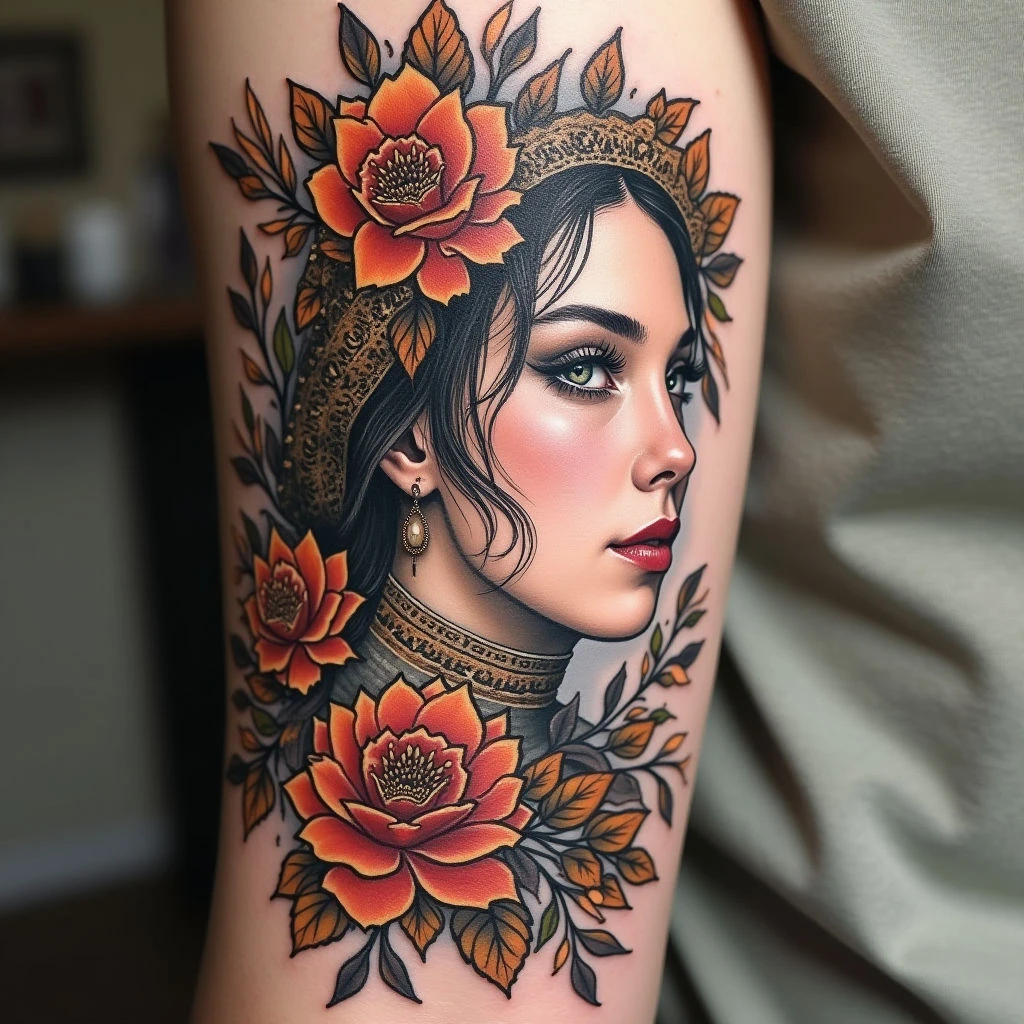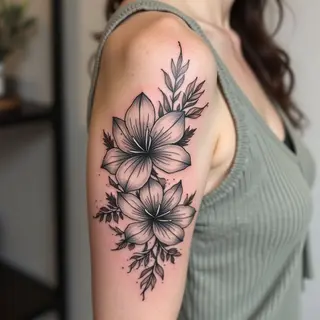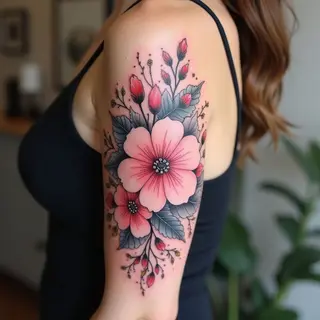The Art of Tattoo Concealment: A Historical Perspective
Historical Precedents
Medieval artisans often employed techniques akin to tattoo cover-ups when redecorating illuminated manuscripts. Faded pigments or unwanted elements were skillfully obscured with layers of intricate designs, creating entirely new compositions from existing foundations.
Heraldic Emblems
Similarly, heraldic emblems have been altered and adapted across generations, symbolizing shifts in lineage and status. These historical examples provide invaluable insights into the principles of effective concealment—the strategic use of color, line work, and symbolic imagery.
Design Considerations
When conceiving a cover-up design, it is essential to analyze the existing tattoo's composition. Darker areas can be masked with lighter tones or intricate patterns, while larger shapes may be incorporated into the new design’s overall narrative.
Techniques & Styles
Consider employing styles such as neo-traditional for bolder cover ups using a limited color palette with black outlines or watercolor to blend existing tattoos seamlessly. Blackwork, reminiscent of ancient tribal art, can also effectively obscure unwanted imagery with dense patterns. Dotwork can create shading and texture that will help mask any imperfections.
The Importance of Consultation
As with any significant tattooing endeavor, consulting a skilled artist is paramount. An experienced practitioner can assess the existing tattoo's characteristics, advise on design possibilities, and ensure a successful outcome.


